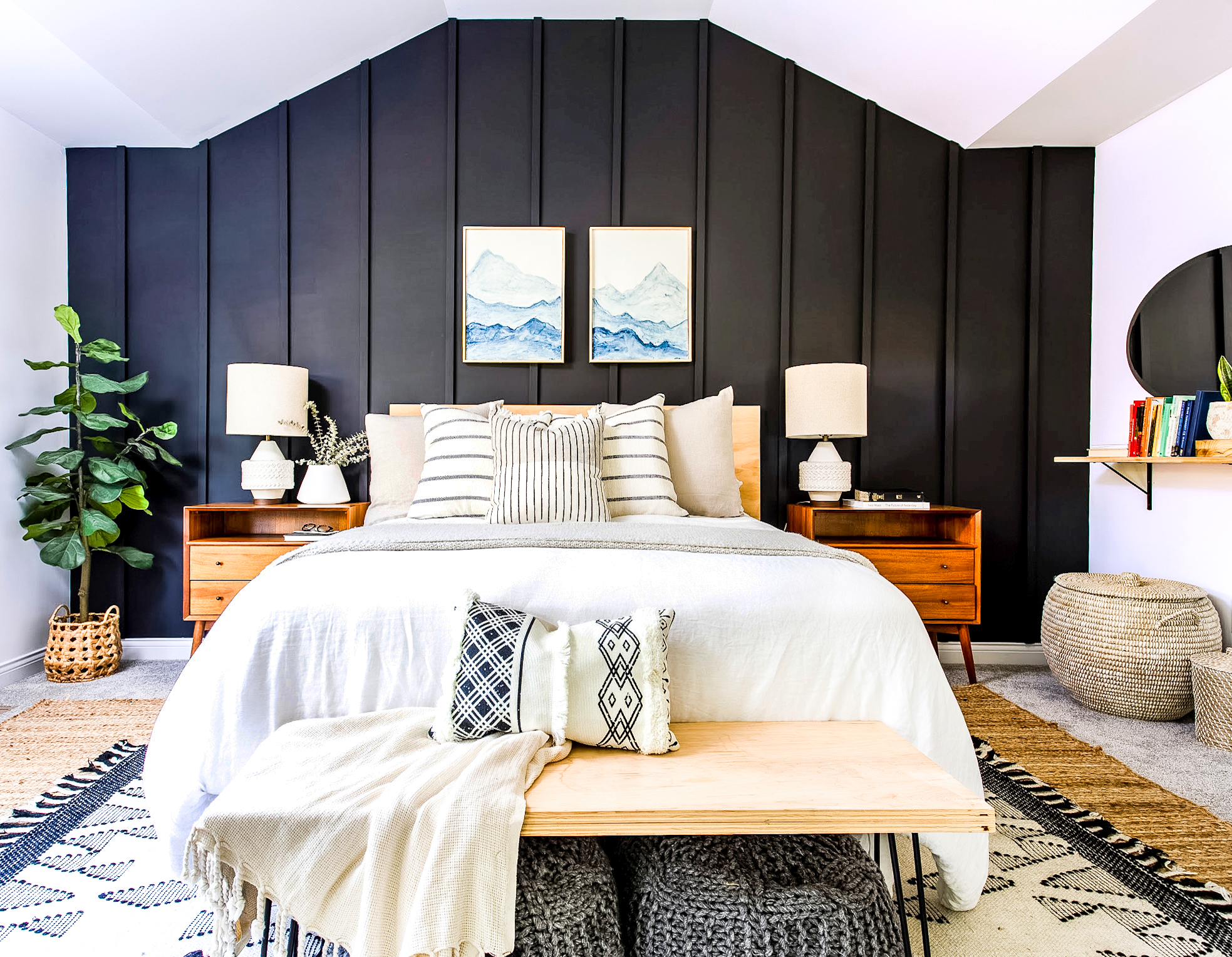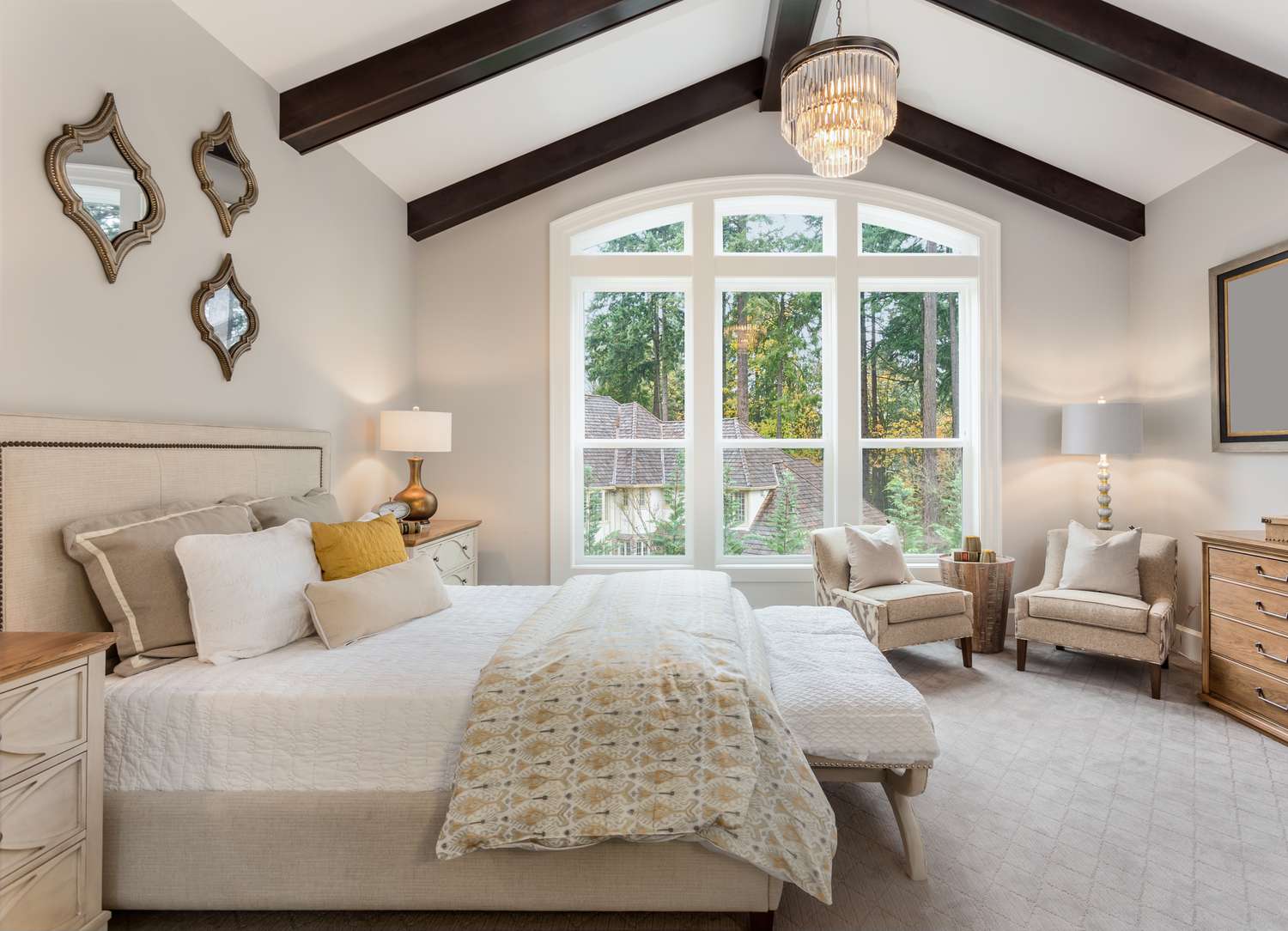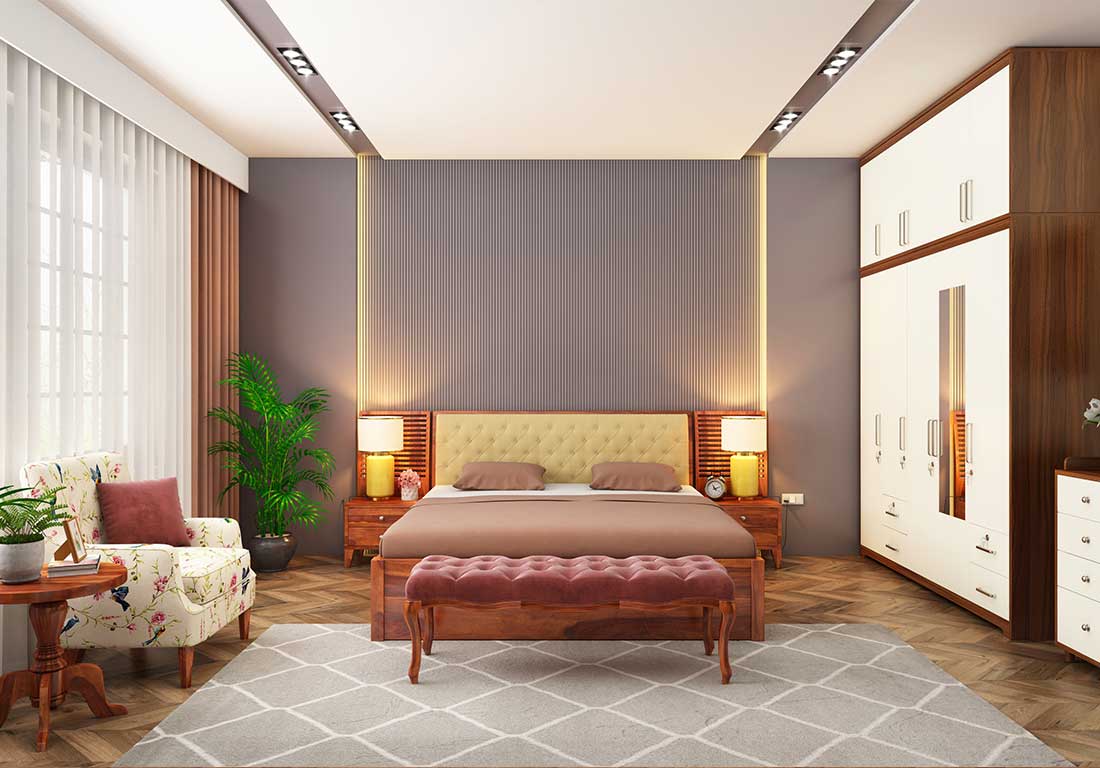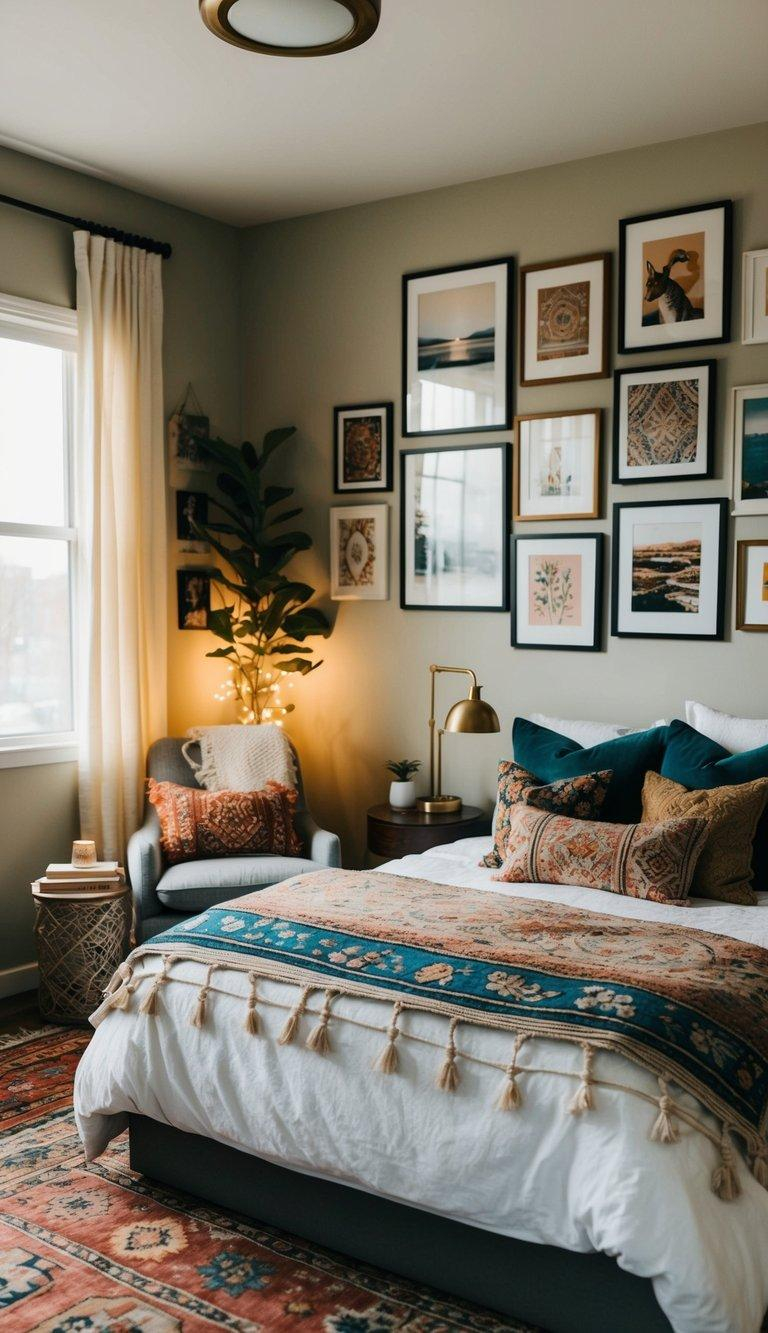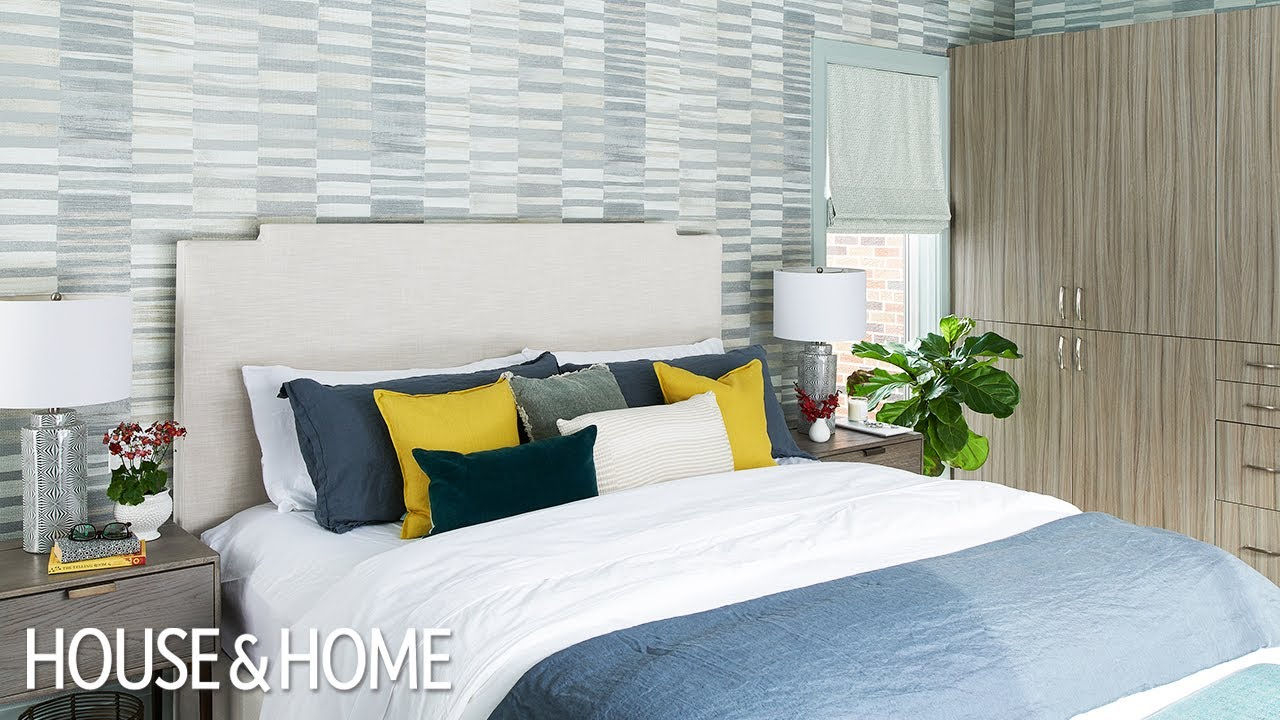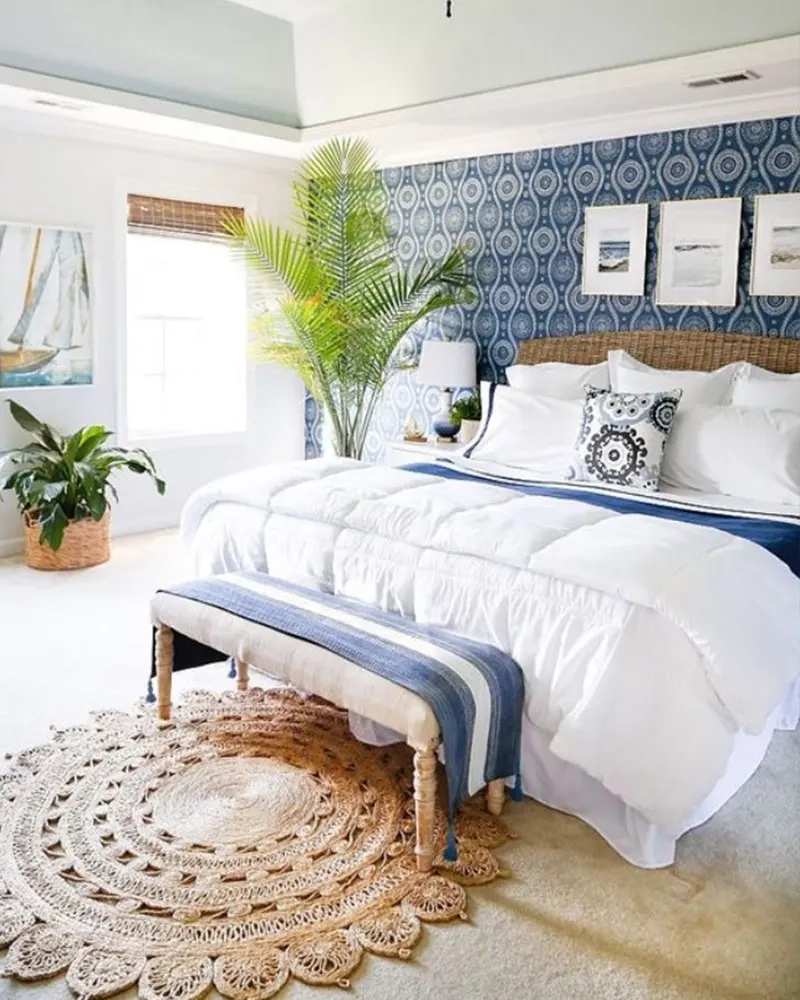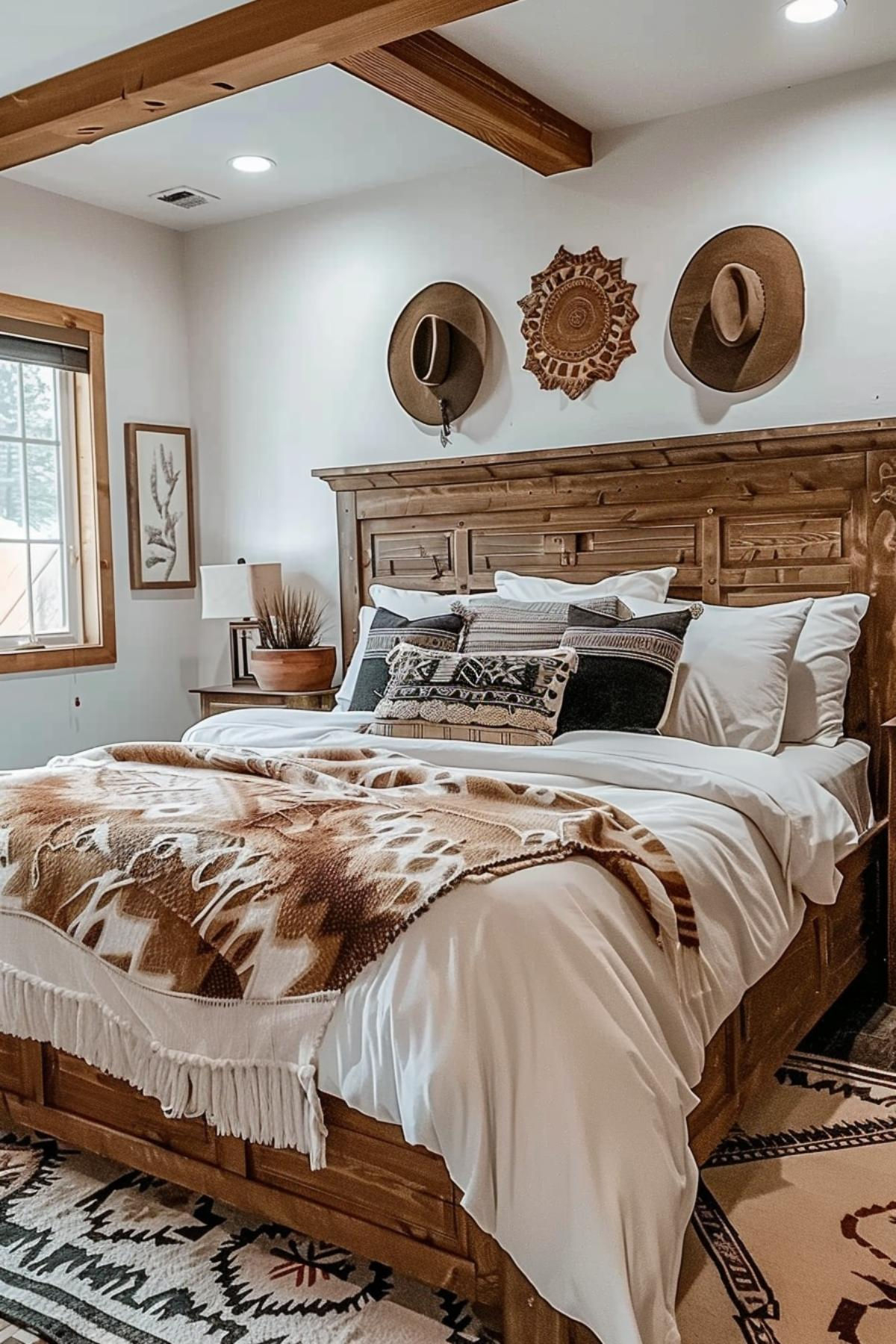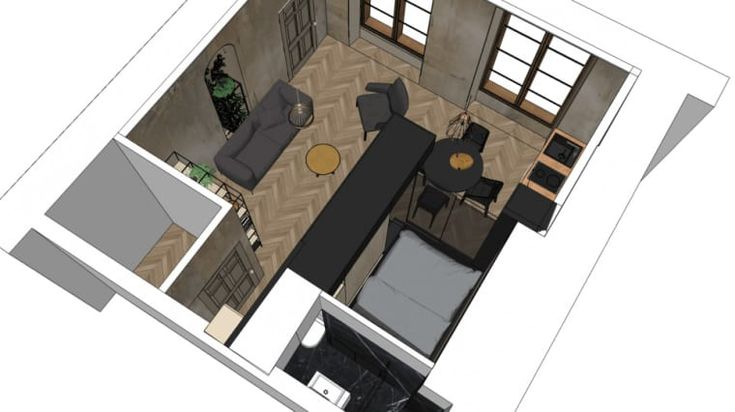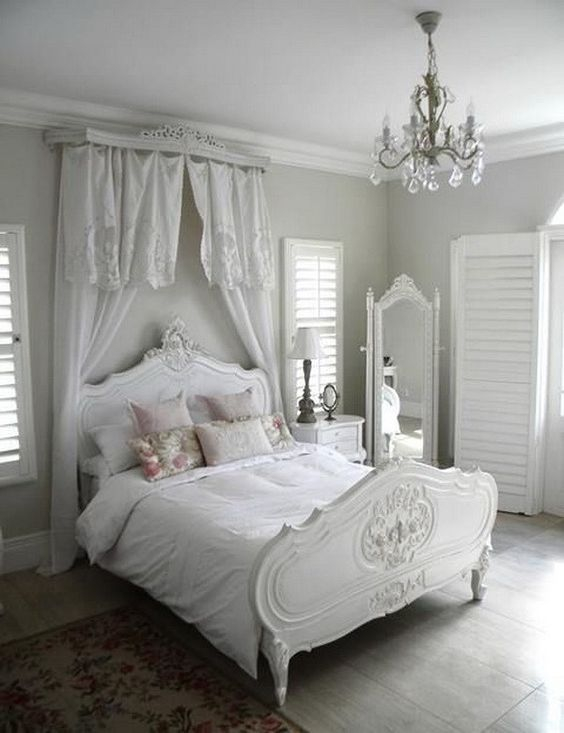Ever walk into your bedroom and just feel… off? Like it’s not quite the peaceful retreat you crave after a long day? You’re not alone. Many of us see our bedrooms as just a place to crash, but what if it could be so much more? Imagine a space that not only looks good but actively helps you sleep better. It’s not about expensive renovations or designer furniture; it’s about thoughtful choices that create a haven for rest and rejuvenation. Let’s explore how to turn your ordinary bedroom into a truly stylish and calming sanctuary.
We spend roughly a third of our lives sleeping, so isn’t it time we paid more attention to the place where this vital activity happens? Your bedroom environment plays a surprisingly huge role in the quality of your slumber. Factors like light, sound, temperature, and even the aesthetics of your room can either help or hinder your ability to drift off and stay asleep. Think of it like this: if you’re trying to enjoy a quiet meal, a noisy restaurant isn’t going to cut it, right? The same principle applies to sleep. Creating a conducive sleep environment is one of the most impactful things you can do for your overall health and happiness. It’s about more than just comfort; it’s about setting the stage for deep, restorative rest.
Mastering the Light: Darkness is Your Friend
Light is a powerful signal to our brains, telling us when it’s time to be awake and alert. For sleep, we want the opposite. Complete darkness is key. Even small amounts of light from electronics, streetlights, or a digital clock can disrupt your circadian rhythm, that internal body clock that governs sleep-wake cycles.
Actionable Tips:
- Blackout Curtains: These are a game-changer. They’re not just for keeping light out; they also help with temperature regulation and can even dampen outside noise. Look for ones with a thermal lining for added benefits.
- Cover or Remove Electronics: That little blue light from your phone charger or TV can be surprisingly potent. Use electrical tape to cover LEDs, or better yet, remove electronics from the bedroom altogether.
- Sleep Mask: If blackout curtains aren’t an option or you travel often, a comfortable sleep mask is an excellent alternative. Find one that fits snugly without being too tight.
It’s amazing how much better you can sleep when your room is truly dark. Give it a try and notice the difference.
The Sound of Silence (Or Gentle Sounds)
Noise pollution is another major sleep thief. Unexpected sounds – a barking dog, traffic, a creaky floorboard – can jolt you awake, even if you don’t fully remember it. This fragmentation of sleep prevents you from reaching those crucial deep sleep stages.
Creating a Quieter Space:
- Earplugs: Simple, effective, and inexpensive. Experiment with different types to find a comfortable fit.
- White Noise Machine or App: Consistent, low-level sound can mask disruptive noises. Think of it as a sonic blanket. Many people find the sound of rain, ocean waves, or a gentle fan to be soothing.
- Soundproofing (If Possible): For more persistent noise issues, consider adding rugs, heavy drapes, or even acoustic panels if you’re serious about creating a truly quiet environment. Even small improvements can make a big impact.
Temperature Control: The Sweet Spot for Sleep
Believe it or not, your body temperature naturally drops as you prepare for sleep. A bedroom that’s too warm or too cool can interfere with this process and leave you tossing and turning. Most sleep experts agree that a cooler room is generally better for sleep.
Finding Your Ideal Temperature:
- Aim for 60-67°F (15-19°C): This range is often cited as optimal for most people. Experiment to find what feels most comfortable for you.
- Ventilation: Ensure good air circulation. Open a window slightly if the weather permits, or use a fan.
- Bedding Choices: Layer your bedding. Use breathable natural materials like cotton or linen for sheets and blankets. You can add or remove layers as needed throughout the night.
- Cooling Mattress Pads or Blankets: If you tend to overheat, these can be lifesavers. Conversely, a warm duvet can help if you tend to get cold.
Comfortable Bedding: Your Sleep Foundation
Your mattress and pillows are the foundation of your sleep environment. A mattress that’s too old, too soft, or too firm can lead to discomfort, aches, and poor sleep quality. Similarly, the wrong pillow can cause neck pain and disrupt your sleep.
Choosing Wisely:
- Mattress: Consider your sleeping position and body type. Side sleepers often benefit from softer mattresses, while back and stomach sleepers might prefer firmer support. If your mattress is more than 7-10 years old, it might be time for an upgrade.
- Pillows: Whether you prefer down, memory foam, or a hybrid, ensure your pillow supports your head and neck in a neutral alignment. Your pillow should fill the space between your head and the mattress.
- Sheets: Opt for breathable, natural fabrics. High-thread-count cotton, linen, or bamboo can feel luxurious and help with temperature regulation. Think about how the fabric feels against your skin – it should be inviting and comforting.
Aesthetics and Ambiance: Creating a Calming Visual Space
While not as directly impactful as light or temperature, the look and feel of your bedroom can significantly influence your mood and ability to relax. A cluttered, chaotic room can translate to a cluttered, anxious mind. Conversely, a serene and organized space can promote feelings of peace and tranquility.
Designing for Calm:
- Color Palette: Soft, muted colors like blues, greens, grays, and whites are generally considered calming and conducive to sleep. Avoid overly bright or stimulating colors in large doses.
- Declutter: Regularly tidy up your bedroom. Put away clothes, clear surfaces, and keep only essential items visible. A clean space equals a clearer mind.
- Minimalism: Consider a more minimalist approach. Less visual noise can lead to less mental noise. Focus on a few cherished items and functional pieces.
- Soothing Scents: Consider aromatherapy with calming scents like lavender or chamomile. A diffuser or a linen spray can create a relaxing atmosphere. Just ensure the scent isn’t overpowering.
Establishing Sleep-Promoting Rituals
Your bedroom environment is also about the habits you cultivate within it. Establishing a consistent bedtime routine signals to your body that it’s time to wind down. This routine should ideally take place in your bedroom, reinforcing it as a place of rest.
Building Your Routine:
- Wind-Down Time: Dedicate at least 30-60 minutes before bed to relaxing activities. This could include reading a physical book (not on a screen), taking a warm bath, gentle stretching, or listening to calming music.
- Screen-Free Zone: Absolutely no screens (phones, tablets, laptops, TV) in the bedroom, or at least an hour before bed. The blue light emitted suppresses melatonin production, making it harder to fall asleep.
- Consistent Sleep Schedule: Go to bed and wake up around the same time every day, even on weekends. This helps regulate your body’s natural sleep-wake cycle.
- Mindfulness: Practice a few minutes of deep breathing or meditation to calm your mind before trying to sleep. Focus on your breath and let go of the day’s worries.
Transforming your bedroom into a haven for sleep isn’t an overnight process, but it’s a journey well worth taking. By paying attention to the details – the light, the sound, the temperature, the comfort of your bed, and the overall ambiance – you can create a space that actively supports your well-being. Remember, it’s about creating a sanctuary where you can truly disconnect, recharge, and wake up feeling refreshed and ready to face the day. Start with one or two changes and see how it impacts your sleep. Your body – and your mind – will thank you for it.

